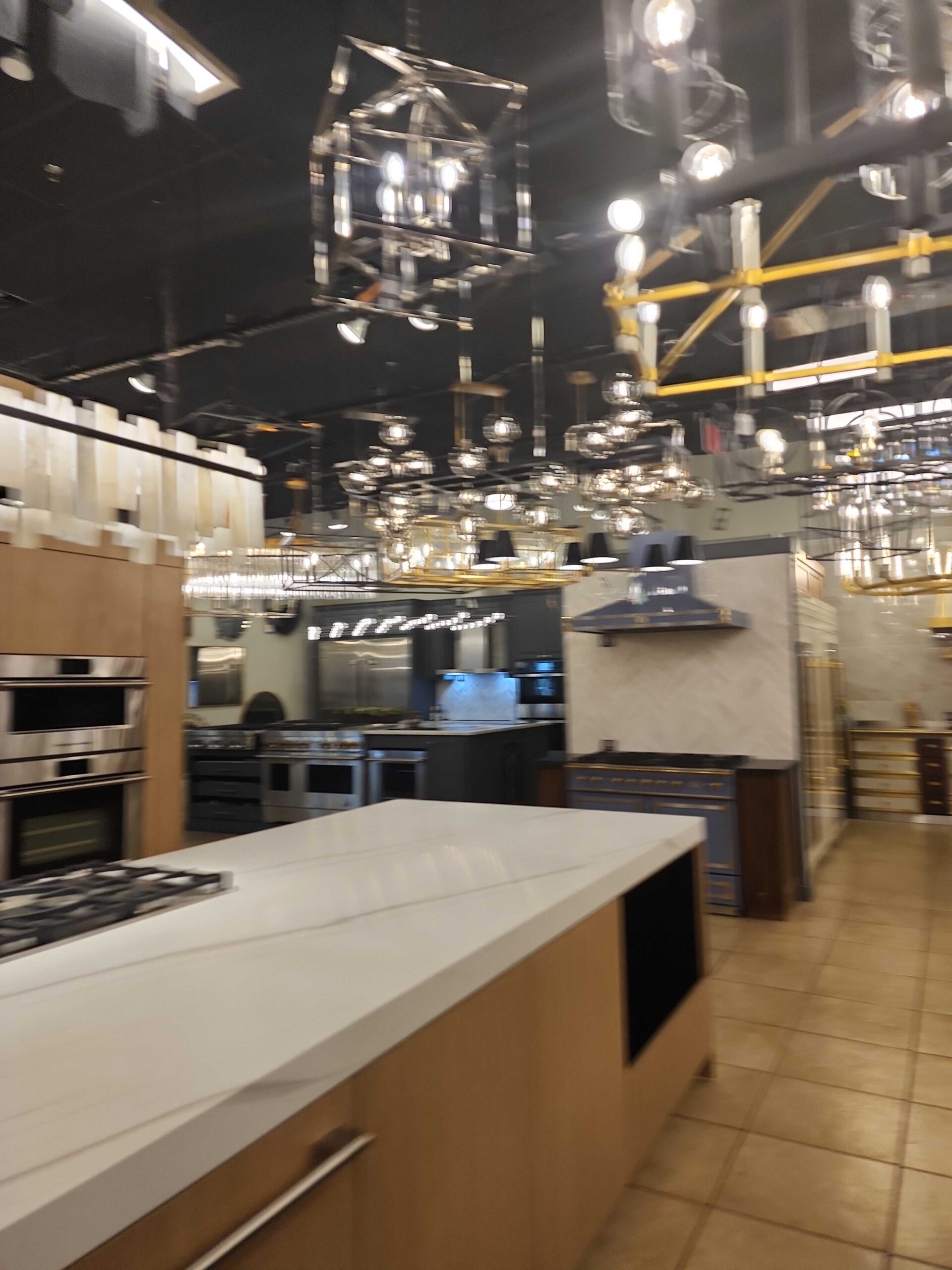Drywall cracks can detract from the appearance of your walls and compromise their structural integrity. To prevent these issues, start by ensuring smooth surfaces through thorough sanding and cleaning before applying joint compound. Maintaining optimal indoor moisture levels with the help of a dehumidifier is crucial, especially during Hardie board siding installation, as both materials are sensitive to moisture fluctuations. Additionally, invest in high-quality, durable drywall products, prioritizing moisture-resistant options to protect against environmental moisture. Strong framing during installation, particularly when adding Hardie board siding, minimizes stress on the drywall, reducing the risk of cracks.
Temperature control is essential to prevent drywall from expanding and contracting, which can lead to cracks over time. Maintaining stable indoor temperatures is especially critical during Hardie board siding installation, as temperature variations can affect the siding’s integrity. Handle drywall panels with care during installation to minimize stress and avoid over-tightening fasteners. By following these tips, you can ensure a smooth finish for your walls, enhancing the aesthetic appeal of your home while preserving its structural integrity for years to come.
1. Ensuring Smooth Surfaces
To prevent drywall cracks, ensure your surfaces are impeccably smooth before applying joint compound. Eliminate any debris or imperfections, utilizing sandpaper or a sanding block for refinement. Prioritize seams and corners, as these areas are particularly prone to cracking if not adequately prepared. By meticulously creating a smooth surface, you mitigate the risk of cracks forming in your drywall over time, ensuring a flawless finish that endures.
2. Maintaining Optimal Indoor Moisture Levels
Control indoor humidity levels diligently to prevent drywall cracks. Excessive moisture can weaken drywall integrity, heightening vulnerability to cracks and damage. Employ a hygrometer to monitor humidity levels, and employ dehumidifiers or humidifiers as necessary to maintain optimal moisture levels. Promptly address leaks or water intrusions to avert moisture seepage into walls and consequential damage. Upholding consistent indoor moisture levels is paramount for preserving drywall integrity and preventing cracks, safeguarding your property against structural compromise and aesthetic deterioration.
3. Investing in Durable Drywall Products
Choosing high-quality, durable drywall materials to Repair drywall cracks and ensuring long-term structural integrity. Opt for products specifically designed to resist cracking and damage, such as moisture-resistant or fiberglass-reinforced drywall. While these options may entail a slightly higher initial cost, they offer significant savings over time by reducing the need for frequent repairs and replacements. Additionally, consider using paper or mesh tape for joint reinforcement, as it provides added strength and stability to drywall joints. By investing in durable drywall products, you not only enhance the overall durability and resilience of your walls but also minimize the risk of unsightly cracks, preserving the aesthetic appeal of your space for years to come.
4. Strengthening Wall Structures
To fortify wall structures and mitigate the risk of drywall cracks, prioritize supportive framing techniques during construction or renovation. Ensure that framing members are properly spaced and securely fastened to provide adequate support for the drywall. Use appropriate hardware, such as screws or nails, to attach drywall to the framing, avoiding over-driving or under-driving to prevent stress points. Additionally, consider reinforcing high-stress areas, such as corners and intersections, with additional framing or bracing. By strengthening wall structures, you enhance the overall stability of the drywall, reducing the likelihood of cracks and prolonging the lifespan of your walls.
5. Avoiding Extreme Fluctuations
Extreme fluctuations in temperature and humidity can significantly impact the stability of drywall, leading to cracks and other damage over time. To avoid these issues, strive to maintain consistent environmental conditions within your home. Use programmable thermostats to regulate indoor temperatures and employ humidity control devices, such as dehumidifiers and humidifiers, as needed to maintain optimal moisture levels. Additionally, minimize exposure to direct sunlight and avoid placing heat sources near drywall surfaces. By avoiding extreme fluctuations in temperature and humidity, you can help preserve the integrity of your drywall and reduce the risk of unsightly cracks, ensuring a durable and aesthetically pleasing interior environment.
6. Minimizing Stress on Drywall Panels
Drywall panels are susceptible to stress and movement, which can lead to cracks if not properly addressed. To minimize stress on drywall panels, take care during installation to ensure that panels are properly supported and fastened securely to the framing. Use appropriate fasteners, such as screws or nails, and avoid over-tightening or under-tightening to prevent undue pressure on the panels. Additionally, minimize the use of heavy fixtures or objects that may exert excessive force on the drywall. Consider using flexible joint compounds and tape to accommodate minor movement and settling in the building structure. By taking steps to minimize stress on drywall panels, you can help maintain their integrity and reduce the risk of cracks, ensuring a smooth and durable wall surface.
7. Conclusion
In conclusion, preventing drywall cracks is essential for maintaining the aesthetics and structural integrity of your walls. By ensuring smooth surfaces, maintaining optimal indoor moisture levels, investing in durable drywall products, strengthening wall structures, avoiding extreme fluctuations, and minimizing stress on drywall panels, you can significantly reduce the risk of cracks. These tips not only enhance the longevity of your drywall but also contribute to a visually appealing interior environment. Moreover, when considering home improvement projects like an easy fence install, the integrity of your walls becomes even more crucial. A solid foundation provided by crack-free drywall ensures smoother installation and long-lasting results for your fencing project. Incorporating these preventive measures into your home maintenance routine will help safeguard your walls and create a beautiful and durable living space for years to come.

